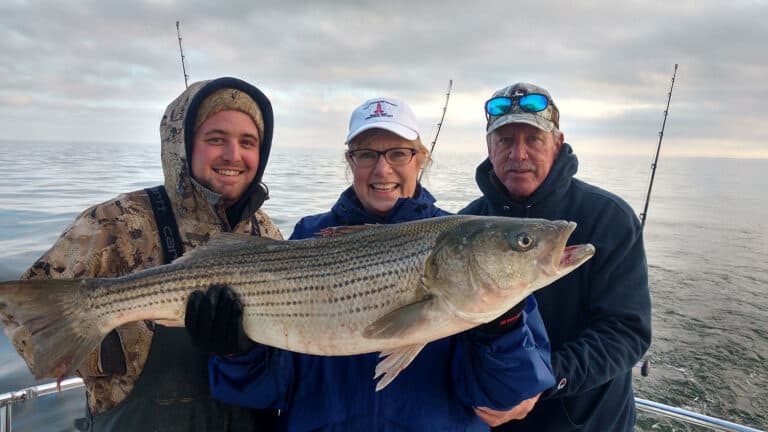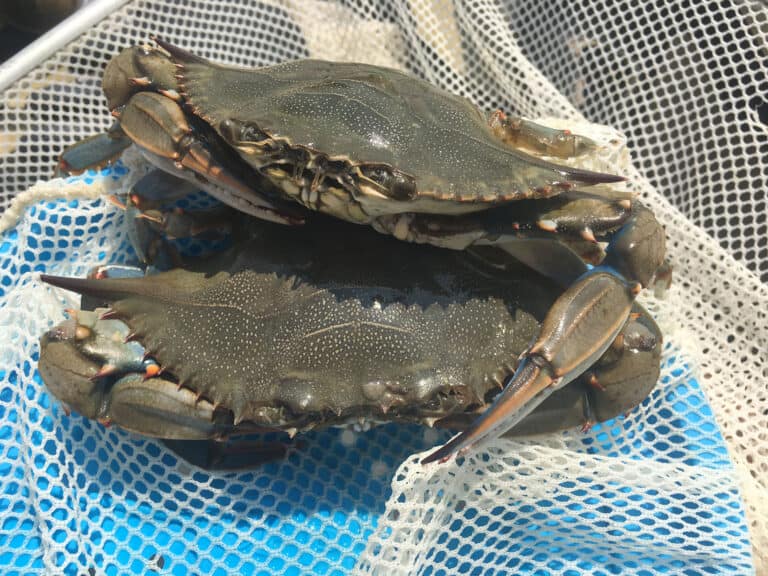It’s hard to parse out a single take away from part two of our 2023 series A Chesapeake Perspective because there were so many salient points made the other night during the “Expanding Angler Access” episode. Host Lenny Rudow of FishTalk magazine led the lively and informative discussion, mining the expertise of our panelists: Stephanie Vatalaro, Sr. Vice-President of Marketing & Communications at Recreational Boating & Fishing Foundation (RBFF); EJ Harman, program director of Combo for Kids from Anglers Sports Center, and; Donna Morrow of Maryland Department of Natural Resources.
During the 90-minute conversation, they covered topics ranging from physical and legal access to fishing grounds, season closures and recruitment, retention, and reactivation, known in the fishing community as R3. One thing was crystal clear: It is going to take all of us working together to reduce barriers to fishing, secure access, welcome new participants, and lure former anglers back to the sport we love so much. If you missed the live version, fear not: You can stream it here anytime you like.
Manage Expectations: After All, It’s All About Having Fun
Since 2009, I’ve run kayak fishing summer camps for middle schoolers–an idea born during the aftermath of the Great Recession when my full-time outdoor writing gigs went the way of the dinosaur. I pitched the idea to a good buddy, whose original reaction was, “It’ll never work.” But it did work, and although it was much more work than we anticipated, we had a blast. More importantly, the kids had a blast.
After several successful years working together, we amicably parted ways. I refocused my attention on fishing camps with smaller groups, and he pivoted toward Bay-centric ecology programs. Although our approach is slightly different, our objectives are the same: running safe and fun on-the-water camps that open kids up to incredible outdoor opportunities they may not otherwise get to experience. Kids gain confidence by learning to paddle, they catch their first rockfish or snakehead, and see a dolphin or cownose ray up close. It doesn’t matter how many crabs I’ve caught, each one I’ve dipped is as magical as the first. Fiercely beautiful, their chiseled armor wards against the hardships of life in the Chesapeake. I get a real kick out of sharing my passion for crabs with others, especially the next generation.
Tips Learned Through Experience
In my many years as an outdoors educator and fishing guide, I’ve found that youngsters not only want clear direction, they also respect you for providing it. Plan accordingly, yet manage your expectations, especially for young tackers under the age of eight. Explain the day’s plan. Don’t forget the snacks, drinks and even games to pass the time. And for the real little ones, bring along their favorite toy or coloring book. Make it a relaxed event, perhaps with swimming or a special treat (ice cream!) afterward.
Get kids involved from the beginning by letting them (if old enough) help set the gear. If you’re on a boat, show them your helm station and electronics and explain how each works. The best way to prime the pump for future trips is to fish and crab where your odds of catching crabs are high. A first-timer cares little about the size of the critter—they’re happy as long as things are entertaining. A great example is crabbing. The funnest part of crabbing is scooping up the feisty critters so let them try even if they miss. Also, don’t overcomplicate things. Time management is key. Nothing sucks the fun out of things more quickly than if it’s too boring, too hot or both. You’ll not only get a cranky kid, but they may develop an aversion to it. Two hours tops for first timers is plenty.
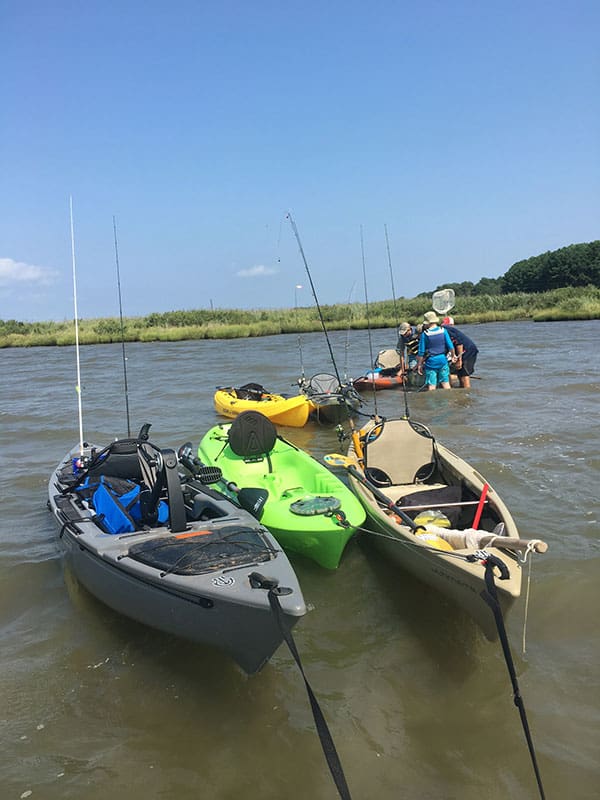
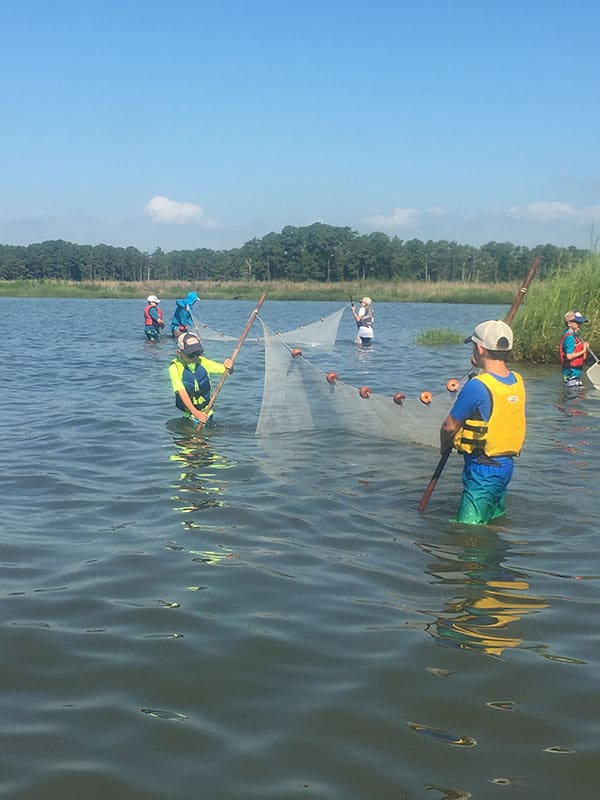
Fishing and spending time on the Chesapeake opens kids up to incredible outdoor opportunities they may not otherwise get to experience. [Credit Chris D. Dollar]
Our first order of business is safety. Start with showing them the proper way to wear a life jacket. And wear yours, too. Model the behavior. Some organizations have loaners, and if it’s in the budget, buy your child, relative or friend’s kid her or his own life jacket. Make sure it fits properly. If it chafes, binds or is too loose, kids will not wear it. They’ll try every trick in the book to weasel out of it.
Have a back-up plan that’s ready to go. Remember, there’s a chance you may get skunked. If you’re near a beach, walk the shallows with a few dip nets and, if you’re more adventurous, pull a seine net. Minnows, crabs and other Bay critters are usually easy to catch and a hoot for youngsters. Most importantly, make it fun. Remember, it’s just fishing and crabbing. If the youngster in your life isn’t into the outdoors, give them time. Chances are they’ll come around eventually to enjoy the Bay, too. Forcing your passions onto them rarely works, if ever.
There’s no substitute for time spent on the water. It doesn’t matter your passion: Paddling, sailing or boating, the Bay is the best place to learn about the mystical rhythms of our natural world. Young people–and those young at heart–can develop a love, respect and sense of stewardship for the last of our wild Chesapeake.
Sept. 21: Don’t Miss Our Final Episode of the Year!
The third and final episode in the Chesapeake Perspective series takes place on Sept. 21 beginning at 7 p.m. with a thought-provoking conversation about “Habitat Preservation and Restoration.” Three experts will discuss ideas that spark innovation and help move forward real solutions to some of the most pressing issues confronting Chesapeake recreational anglers and boaters. Registration is easy and free.
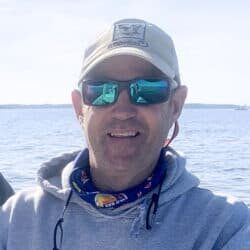
Capt. Chris C. Dollar
Chesapeake native Captain Chris Dollar is a lifelong conservationist, outdoor columnist and fishing outfitter with nearly 30 years' experience avoiding office work.


